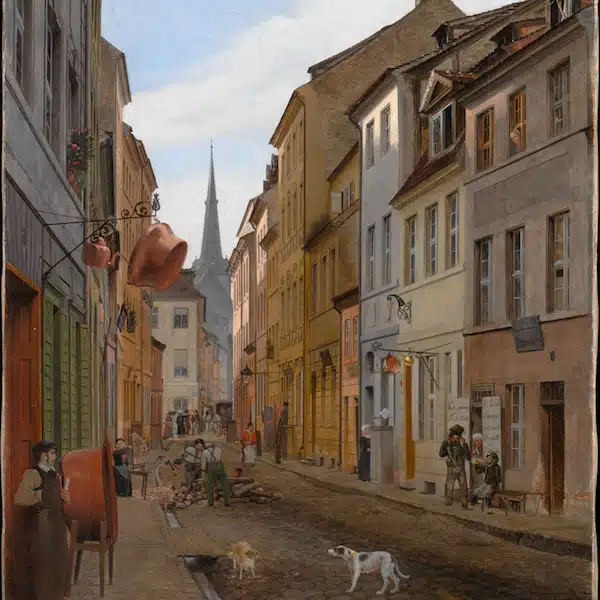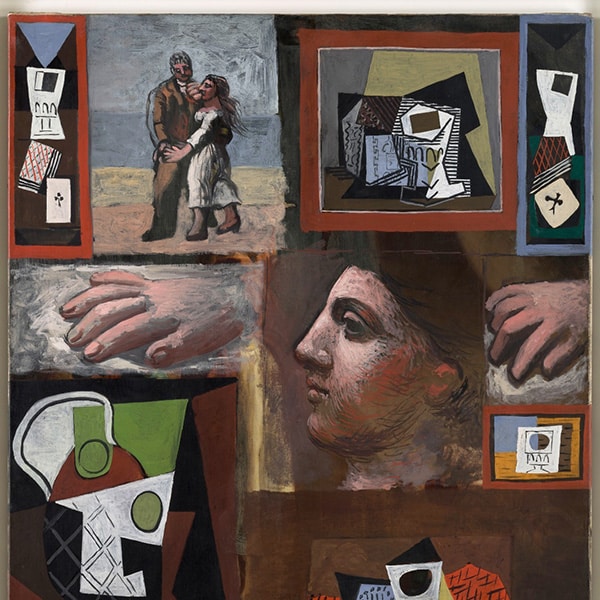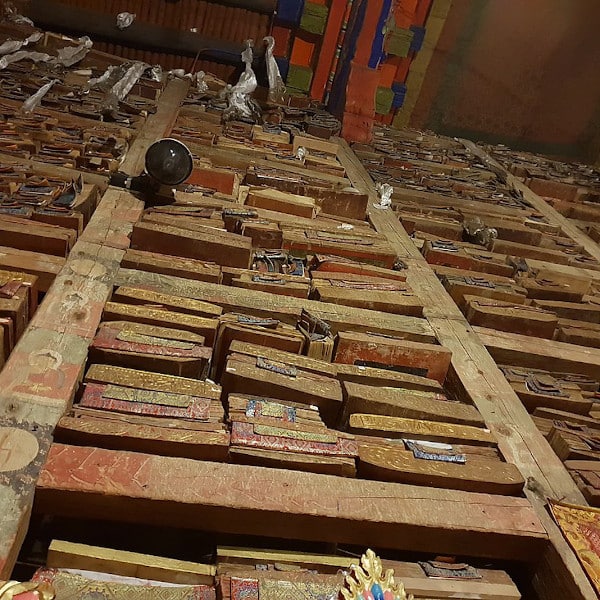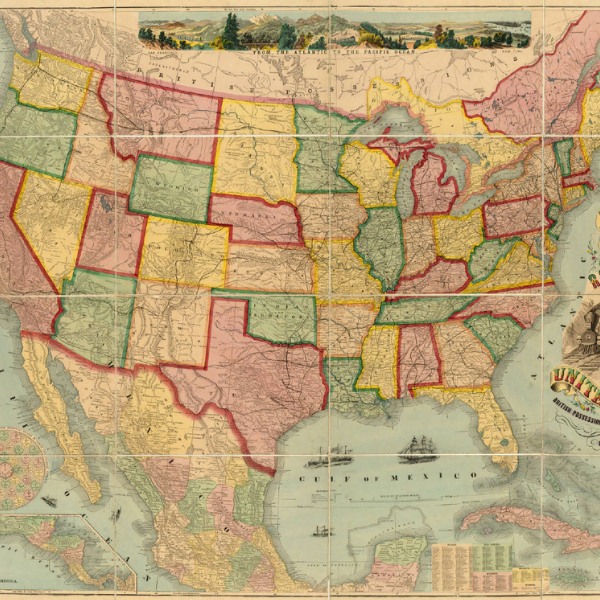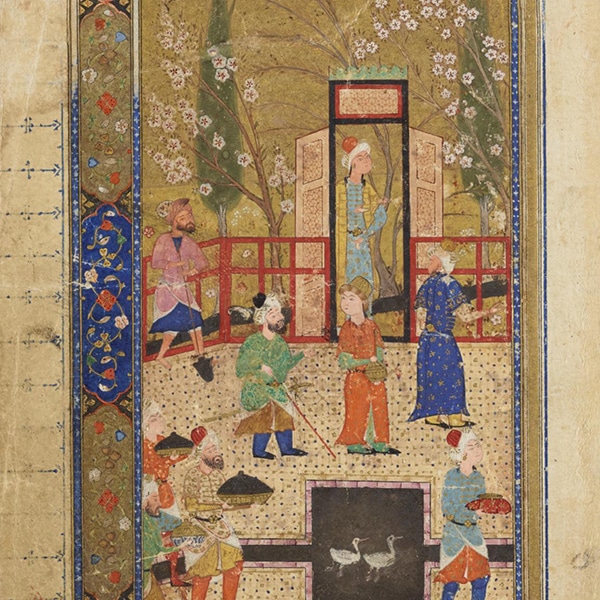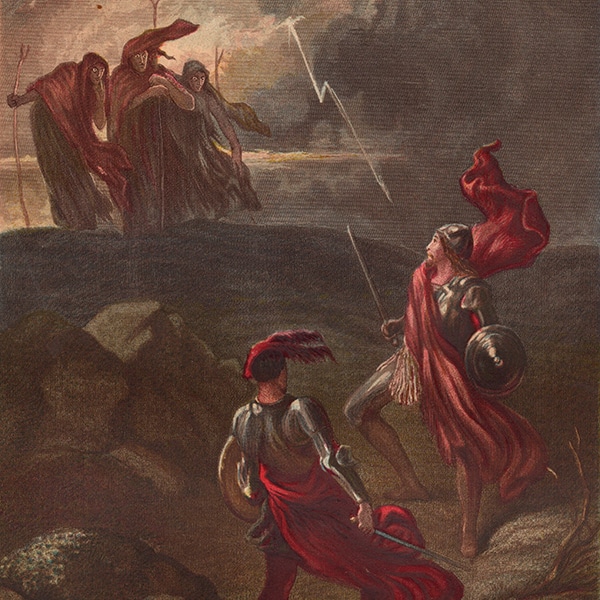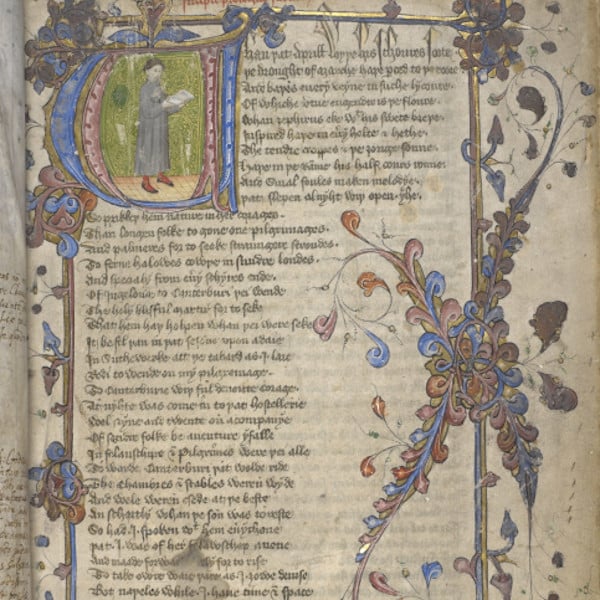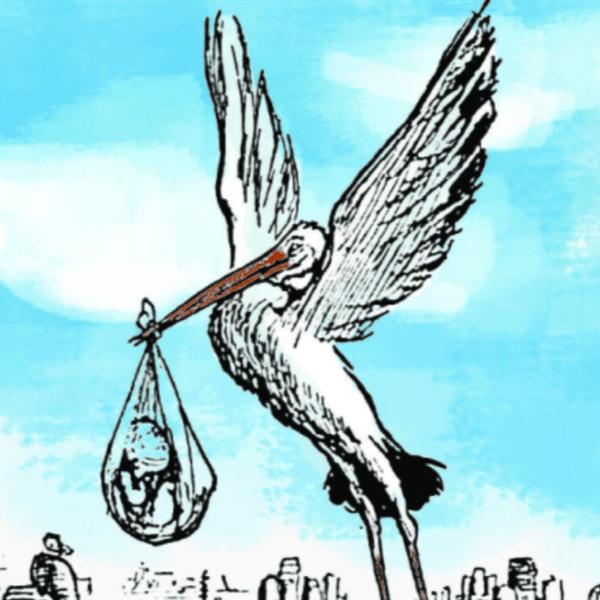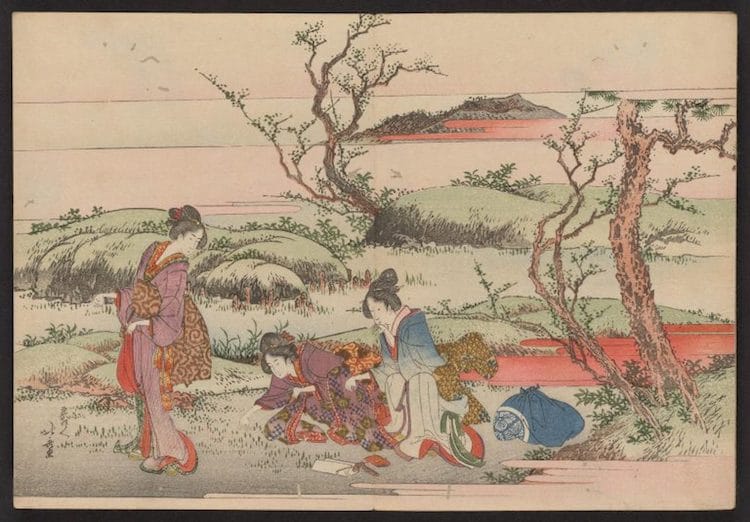
Japanese culture, and its rich visual history, has enamored collectors for centuries, whether it meant accumulating woodblock prints, netsuke, or illustrated texts. And now, the Smithsonian has made over 1,100 historic Japanese texts coming from the collections of two prominent collectors available free online.
Railway magnate Charles Lang Freer and art dealer Robert O. Muller, whose books make up the collection, represent two eras of collecting. Freer began his collection in earnest upon his retirement in 1899, striking up friendships with painter James McNeil Whistler and Asian art scholar Ernest Fenollosa. Both would shape his love of Asian art, and the 1906 donation of his collection to the Smithsonian made him the first American to gift his private collection to the government.
Muller stumbled upon his love for Asian art after discovering woodblock prints in New York in the 1930s. He would later go on to amass one of the largest collection of Japanese prints in the world. Upon his death in 2003, his heirs donated 4,000 of the prints, as well as numerous documents to the Smithsonian.
It's through the passion of these two men that we are now able to see the development of Japanese literature across the Edo and Meji periods, spanning from 1600 to 1912. Over 1,000 of the digitized works come from Freer's holdings, while an additional 67 are from the Muller archive.
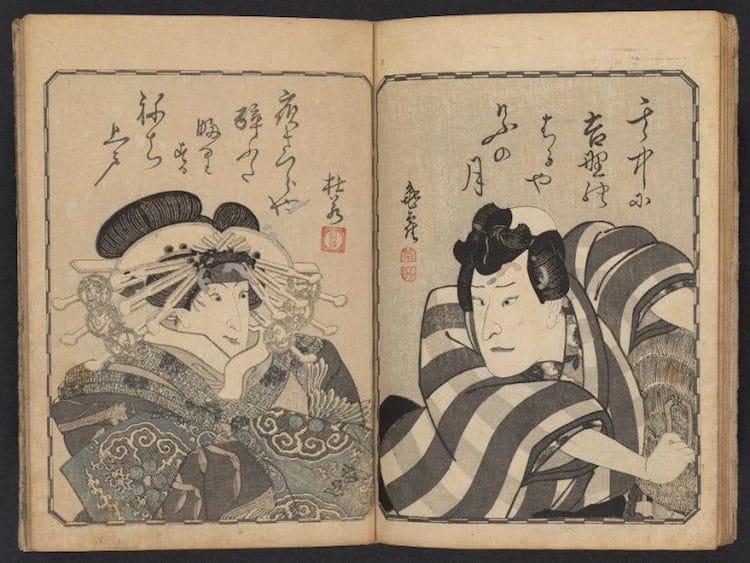
“Often filled with beautiful multi-color illustrations, many titles are by prominent Japanese traditional and ukiyo-e (“floating world”) painters such as Ogata Kōrin (1658-1716), Andō Hiroshige(1797-1858) and Katsushika Hokusai (1760-1849),” writes Reiko Yoshimura, head librarian of the Freer Gallery of Art and Arthur M. Sackler Gallery Library. “Freer also collected a large number of tea ceremony and flower arrangement books.”
Even if you cannot read Japanese, the beauty of the calligraphy and delicate illustrations are a fascinating look at Japanese culture. The high-resolution scans allow for close examination of the work, allowing viewers to appreciate the craftsmanship that went into each volume. Of particular note are Hokusai's One Hundred Views of Mt. Fuji and Mt. Fuji in Spring, as well as Toyokuni III's Thirty-six Popular Actors.

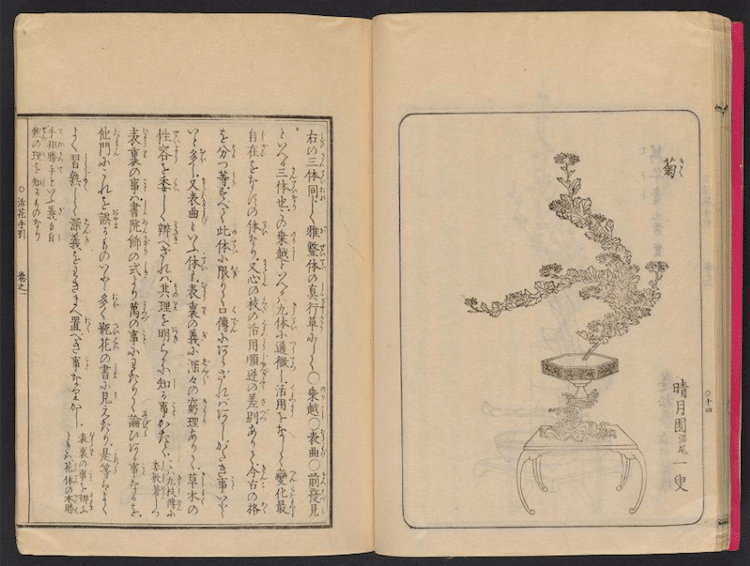
Smithsonian Libraries: Website | Facebook | Instagram
h/t: [Open Culture]
Related Articles:
Art History: Ancient Techniques and Evolution of Traditional Japanese Tattoos
Library of Congress Makes Over 2,500 Japanese Woodblock Prints Digitally Accessible
220,000+ Japanese Woodblock Prints Available Online in Growing Database
World’s Oldest Multicolor Book, a Chinese Calligraphy & Painting Manual, Now Available Online











































































